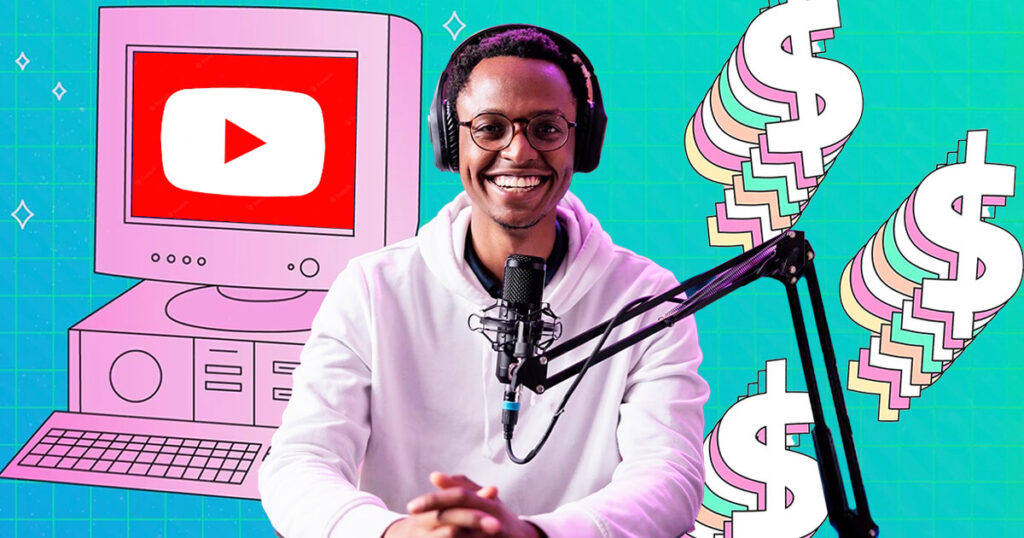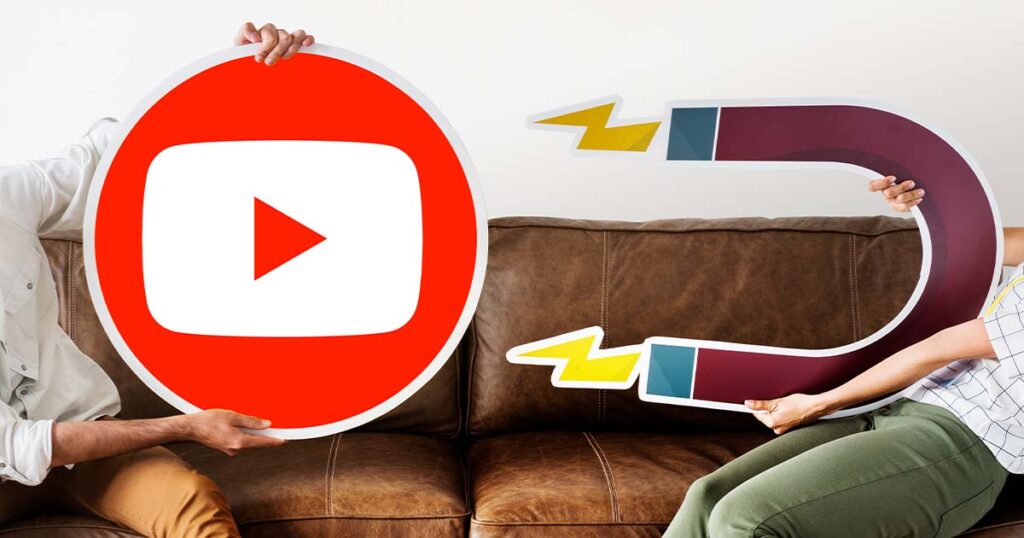Ever feel like the perfect soundtrack could take your YouTube video from good to amazing? You’re not alone! Music is such a powerful tool for creators, setting the mood and connecting with your audience. But then that little voice of worry creeps in: copyright. It can feel like a complicated maze, right?
Fear not, fellow creators! This guide is here to chat you through the ins and outs of using music legally on YouTube, so you can keep your videos sounding fantastic without any of those pesky copyright headaches.
The Lowdown on Music Copyright (It’s Not as Scary as It Sounds!)
Think of music copyright as a way to protect the awesome work of musicians and songwriters. In the U.S, this protection covers two main things:
- The actual song itself (the melody and lyrics)
- The specific recording of that song
So, if you want to use a track, you generally need to think about getting permission for both. Now, YouTube has some pretty clear rules about this. Basically, they want you to only upload videos with stuff you’ve created or have the thumbs-up to use – and that definitely includes music.
Common Misconception: Buying a song on iTunes or recording it off the radio gives you the green light to use it in your videos. Nope, those purchases are usually just for personal listening.
YouTube’s Content ID: Your Video’s Digital Fingerprint
To help keep things fair, YouTube uses a clever system called Content ID. It’s like a digital detective that scans your uploads for any copyrighted music. If it finds a match, the copyright holder gets notified and can decide what happens:
- Monetize: They might run ads on your video and potentially share some of the earnings with you.
- Block: They might block your video from being seen, either everywhere or in specific countries.
- Track: They might just monitor how your video is performing.
Now, a copyright claim is different from a copyright strike. Claims can be a bit of a nuisance, but three strikes within a short period can actually lead to your whole YouTube account getting shut down.
Here’s a key point: YouTube itself doesn’t hand out permission to use copyrighted music. That’s on you, the creator!
Options to Use Music on Youtube Legally
Don’t worry, there are definitely ways to add awesome tunes to your videos without breaking any rules:
- Go Straight to the Source Getting Direct Licenses: If you’ve got your heart set on a specific song, you can try reaching out to all the copyright owners (think songwriters, publishers, record labels, artists) and asking for permission, which usually involves paying a licensing fee. This can take time and might cost a bit, but it’s the most direct route.
- Dive into the World of Royalty-Free Music: This is a super popular option! There are tons of online libraries where you can pay a one-time fee or get a subscription to access a huge range of music that you can use in your videos without having to pay ongoing royalties. Think of sites like Uppbeat, Artlist, Bensound, Soundstripe , and Tunetank. Even YouTube has its own Audio Library with free tracks. Just a heads-up: always double-check the specific license terms, as they can vary.
- Understanding “Fair Use” A Tricky But Important Concept: In the U.S., there’s this legal idea called “fair use” that allows you to use copyrighted material in certain limited ways without permission, like for reviews, commentary, news reporting, education, or research. Courts look at a few things when deciding if something is fair use. But here’s the thing: fair use is a legal gray area, and YouTube’s Content ID system isn’t exactly designed to make those judgment calls. So, while it’s a possibility, relying on fair use can be risky, and using just a few seconds of a song doesn’t automatically make it fair use. If you’re thinking of going this route, it’s a good idea to get some legal advice.
- Embrace the Creative Commons: Some artists are cool with letting you use their music for free under what’s called a Creative Commons license, often with a few conditions like giving them credit. YouTube even has a library of Creative Commons music. Just make sure you read the fine print of the license!
- Explore the Public Domain: Over time, copyright protection expires, and music enters the public domain, meaning it’s free for anyone to use. In the U.S., generally, anything published before 1929 is in the public domain. This opens up a whole world of classic tunes! Just be careful, though – a recent recording of an old public domain song might still have its own copyright.
- Check Out YouTube’s Creator Music: YouTube is trying to make things easier with their Creator Music program, which lets creators in the YouTube Partner Program either license music directly or share ad revenue with the music rights holders. It’s worth a look!
The Ups and Downs of Using Music
Let’s be real, using music on YouTube can be a bit of a rollercoaster. Creators often get frustrated by:
- Unexpected copyright claims.
- Loss of monetization.
- The complexity and cost of licensing music directly.
- The fear of those copyright strikes.
But on the flip side, there are some great benefits:
- Royalty-free music libraries and YouTube’s own audio collection give you tons of legal options.
- Using licensed or public domain music gives you peace of mind.
- Platforms like Thematic are even helping creators connect with and support independent artists.
Keep the Music Playing (Responsibly!)
Here’s the bottom line, navigating music copyright on YouTube might seem like a hassle, but by understanding the rules and exploring the legitimate ways to use music, you can keep your videos sounding great without any legal drama.
Whether you go for royalty-free tracks, explore Creative Commons, or even get direct licenses, there are paths to adding that perfect soundtrack. So go ahead, get creative, and let the music enhance your YouTube journey – just remember to do it the right way!



